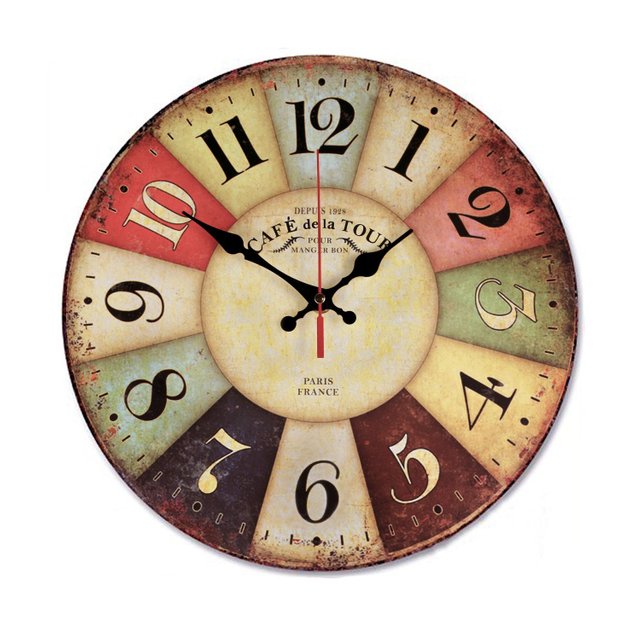 For early peoples, the only changes that were truly regular, were the motions of objects in the sky. The most obvious of these changes was the alternate daylight and darkness, caused by the rising and setting of the sun. Each of these cycles of the sun came to be called a day. Another regular change in the sky was the change in the visible shape of the moon. Each cycle of the moon's changing shape takes about 29 1/2 days, or a month. The cycle of the seasons gave people an even longer unit of time. There is no regular change in the sky that lasts days, to represent the week. The seven-day week came from the Jewish custom of observing a Sabbath (day of rest) every seventh day. The division of a day into 24 hours, an hour into 60 minutes, and a minute into 60 seconds probably came from the ancient Babylonians.
Fact file
For early peoples, the only changes that were truly regular, were the motions of objects in the sky. The most obvious of these changes was the alternate daylight and darkness, caused by the rising and setting of the sun. Each of these cycles of the sun came to be called a day. Another regular change in the sky was the change in the visible shape of the moon. Each cycle of the moon's changing shape takes about 29 1/2 days, or a month. The cycle of the seasons gave people an even longer unit of time. There is no regular change in the sky that lasts days, to represent the week. The seven-day week came from the Jewish custom of observing a Sabbath (day of rest) every seventh day. The division of a day into 24 hours, an hour into 60 minutes, and a minute into 60 seconds probably came from the ancient Babylonians.
Fact file
 Some clock faces are divided into 24 hours. On such a clock, 9 a.m. would be shown as 0900 and 4 p.m. would be 1600. This system avoids confusion between the morning and evening hours.
Some clock faces are divided into 24 hours. On such a clock, 9 a.m. would be shown as 0900 and 4 p.m. would be 1600. This system avoids confusion between the morning and evening hours.
resources: Tell me why (Chancellor Press)
image 1: http://images.slideplayer.com/24/7238856/slides/slide_5.jpg
image 2: https://images-na.ssl-images-amazon.com/images/I/81zITAs1%2BcL._SL1500_.jpg




